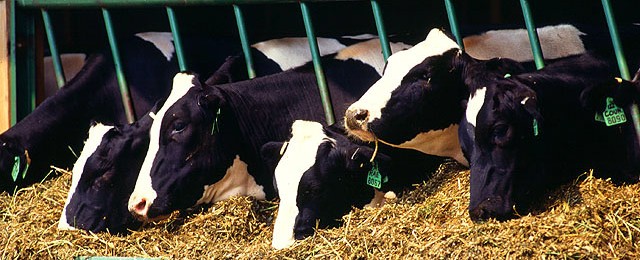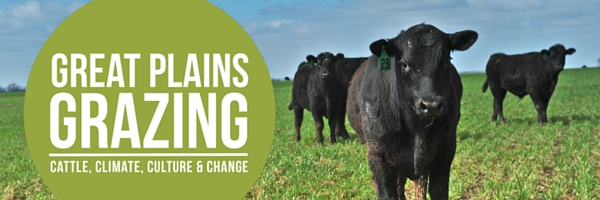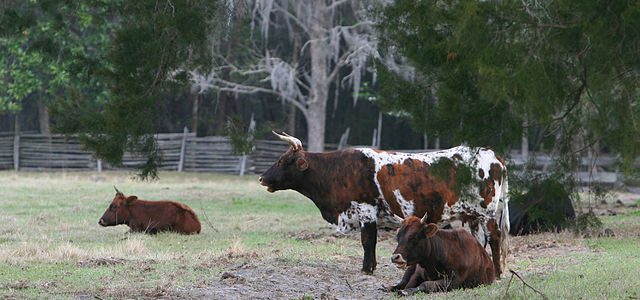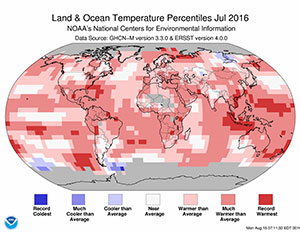Climate and Ag in the news
-

Brad Haire of the Southeast Farm Press‘ blog interviewed me this week on the status of La Niña and what we might expect to see this fall and winter if La Niña develops as expected. Currently NOAA gives it a 60 percent chance of happening in the next few months. You can read the article here.
-

The northwest part of Georgia is not the only part of the country that is dealing with severe impacts of drought this year. Extreme drought has also appeared in upstate New York, where dairy is one of the main industries. Dairy farmers there, like the livestock producers in northern Georgia and Alabama, are being forced…
-

While assessment of total agricultural damages from the flooding near Baton Rouge LA will await a more comprehensive look once people and animals are safe and roads are safe to travel, an initial assessment of potential losses from the second rice crop could be as much as $14 million, according to an article in AgWeb…
-

I’m always interested in new ways to display weather and climate data. Here are a couple of recent web sites that allow you zoom to different spatial scales and choose from a lot of different variables. Geo Awesomeness described a new weather mapping site called Ventusky.com which allows you to look at many different variables…
-

If you are interested in beef cattle and how they are affected by changes in climate, you might be interested in this upcoming webinar from Great Plains Grazing, a group of Oklahoma extension agents and research specialists committed to adapt grazing strategies to changing conditions. Register now for our August webinar! “Does Climate Change Your Plate”…
-

A story in the Southeast Farm Press this week discussed the Florida Cracker Cattle breed and how it is being used to preserve important wetlands and aquifer recharge areas of northern Florida. According to the article, “The Florida Cracker Cattle breed that graze his land descend from those first brought to the state in the…
-

NOAA’s global climate report for July was released today and shows that, like NASA’s calculations released earlier this week, their values for the global temperature for July 2016 were the warmest on record for both July and for any month (not surprising since July is normally the warmest month of the year anyway). The land…